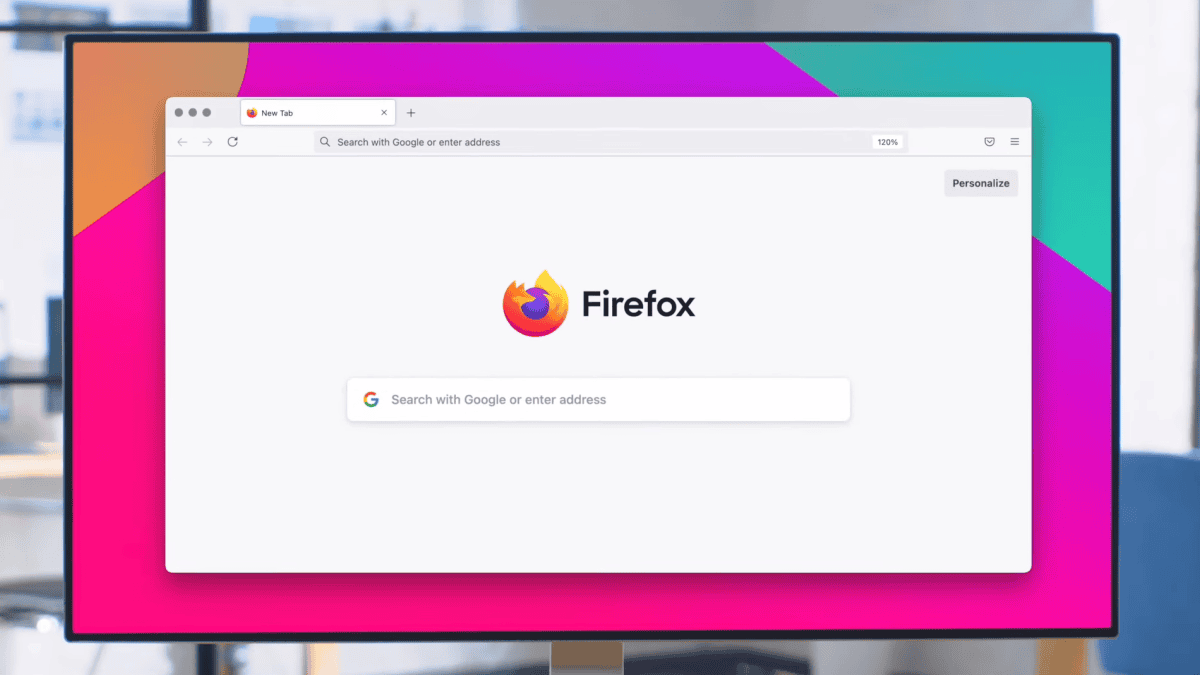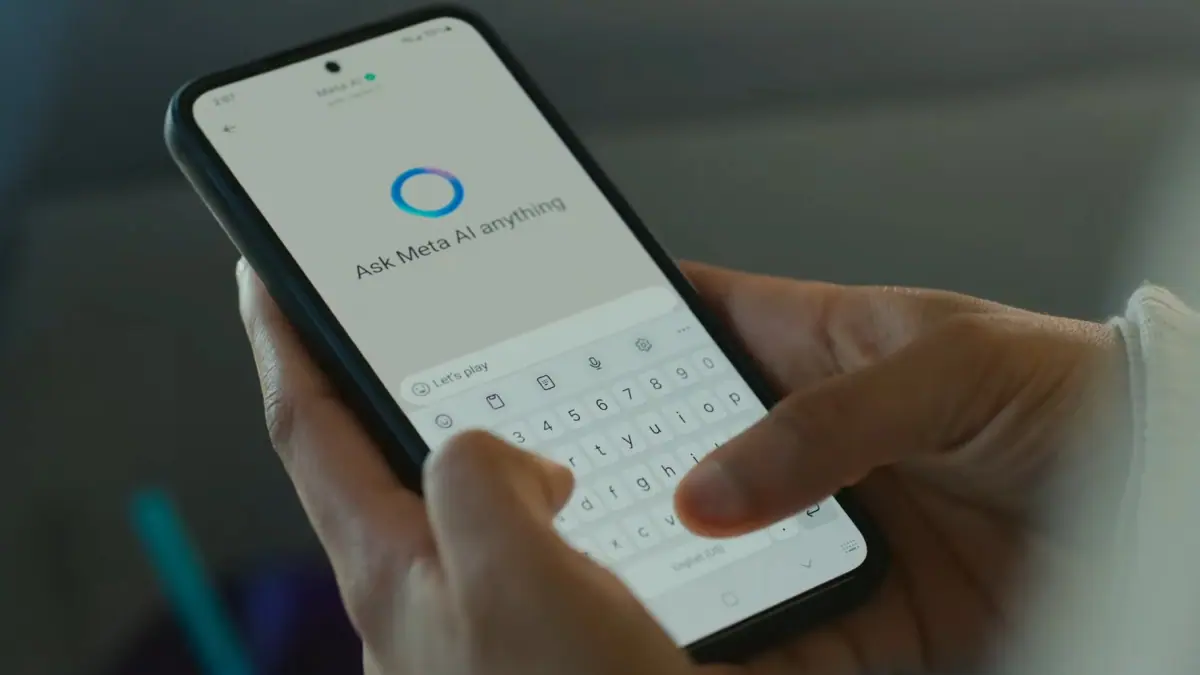Microsoft creates indestructible Superman copy with AI laser technology
3 min. read
Published on
Read our disclosure page to find out how can you help MSPoweruser sustain the editorial team Read more

After spending years searching for ways to improve the longevity and resilience of stored data, Microsoft discovered the solution lies inside coaster-sized pieces of quartz glass.
Project Silica is a Microsoft Research project that uses recent discoveries in ultrafast laser optics and artificial intelligence to store data in quartz glass.
As first demonstrated by researchers from the University of Southampton Optoelectronics Research Centre; a laser encodes data in “voxels” by creating layers of three-dimensional nanoscale gratings and deformations at various depths and angles. Machine learning algorithms then read the data back by decoding images and patterns that are created as polarized light shines through the glass.
Now, as the first proof of concept test for Project Silica; Microsoft and Warner Bros. collaborated to store and retrieve the entire 1978 iconic “Superman” movie on a piece of hard silica glass the size of a drink coaster- 75 x 75 x 2mm thick.
The glass is able to withstand extreme environmental conditions- so even after being boiled in hot water, baked in an oven, microwaved, flooded, scoured or demagnetized; the archived digital content will survive.
Aside from mitigating the possibility of destruction, Project Silica provides the solution to replacing obsolete, degrading digital archives every 3-5 years; thereby reducing costs as well as environmental impact.
Furthermore, Quartz glass also doesn’t need energy-intensive air conditioning to keep material at a constant temperature or systems that remove moisture from the air – both of which could lower the environmental footprint of large-scale data storage.
Another huge advantage of this design is that unlike tape storage -which takes time to spool to get to the place you want to read back-, machine learning algorithms can quickly zero in on any point within the glass square, potentially reducing lag time to retrieve information.
“If you’re old enough to remember rewinding and forwarding songs on cassette tapes, it can take a while to get to the part you want,” said Richard Black, Microsoft principal research software engineer. “By contrast, it’s very rapid to read back from glass because you can move simultaneously within the x or y or z axis.”
Ultimately, Project Silica will store “cold” data — archival data that’s important but doesn’t need to be frequently accessed, including lifelong medical data, financial regulation data, legal contracts, geologic information that pertains to energy exploration and building plans that cities need to hold onto.
You can check out more details about the project on Microsoft Research or you can check out details about the paper published by a research team at Microsoft.
Source: Microsoft









User forum
0 messages